Understanding ChatGPT: Complete Guide and Essential Information
Two years back, OpenAI revolutionized the technology sector with the debut of its AI chatbot, ChatGPT. Since its introduction, countless users have leveraged the chatbot’s features to enhance efficiency, find answers to vital questions, and elevate productivity levels. Even though major tech giants like Google, Microsoft, Meta, and Apple have attempted to replicate OpenAI’s strategy to keep pace, OpenAI continues to lead with endless innovations, frequent updates, and a plethora of new functionalities.
What is ChatGPT?
Created by OpenAI, ChatGPT serves as a generative AI tool that allows users to engage in natural conversational exchanges and receive responses to their inquiries. If you’ve interacted with a customer service chatbot, you may have an idea of what to anticipate. Unlike basic chatbots that rely on pre-programmed responses, artificial intelligence-driven bots can generate answers on the fly (like a real person) and customize the complexity of those responses based on your needs.
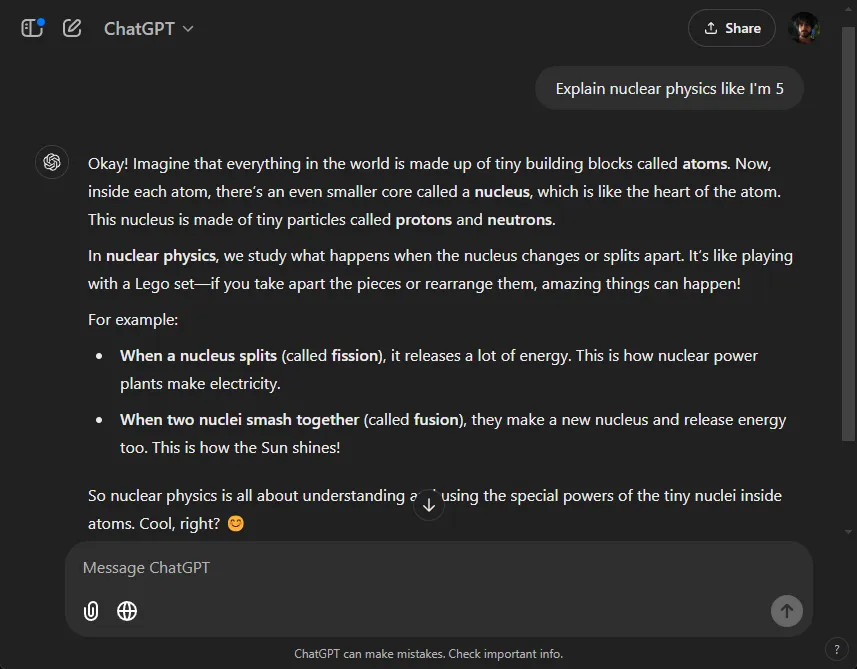
Even though the name may not be the catchiest, ChatGPT has become widely recognized. Since its launch on November 30, 2022, the AI chatbot has made significant strides, evolving beyond merely text-based interactions. OpenAI has progressively equipped it with multimodal capabilities, enabling ChatGPT to process images, voice inputs, and even video content.
How does ChatGPT function?
The chatbot operates on the Generative Pre-trained Transformer (GPT), a sophisticated language model (LLM) also developed by OpenAI. These LLMs are essentially neural network models that utilize machine learning to comprehend and produce human language.
Don’t let technical terminology intimidate you. Simply put, when you pose a question to ChatGPT, it analyzes the context and forecasts the most appropriate words and phrases to follow. Essentially, it functions like a highly advanced text predictor, utilizing patterns gleaned from its extensive dataset for responses. With training on vast arrays of data (ranging from books and forums to news articles and public web pages), ChatGPT comprehends enough patterns to tackle nearly any inquiry thrown its way.
The GPT models powering ChatGPT have progressively enhanced their abilities, yielding improved accuracy and quicker responses. Currently, most operations are managed by the GPT-4o model, but users can also opt for alternative models aligned with specific needs, such as ‘o1’ for advanced reasoning or ‘o1-mini’ for rapid responses.
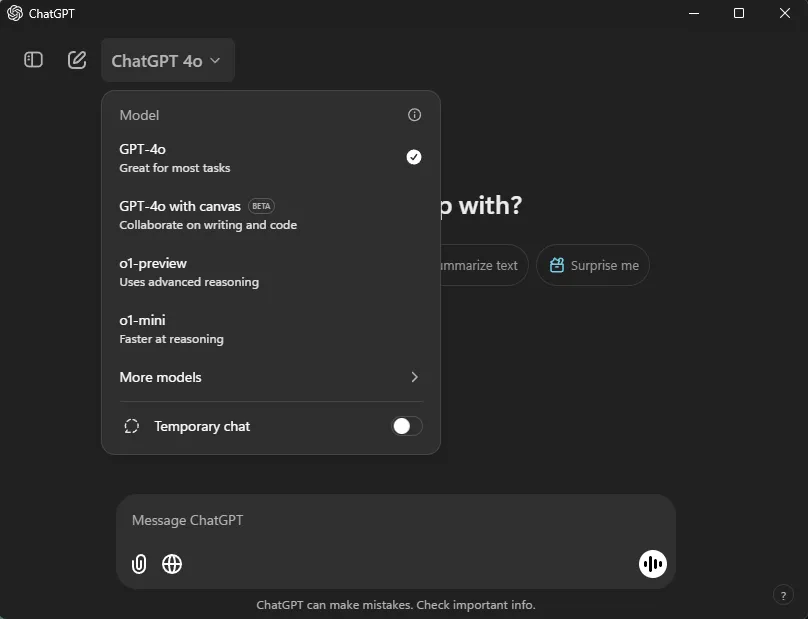
Capabilities of ChatGPT
ChatGPT is capable of a multitude of tasks. You can inquire about virtually anything (in more than 80 languages), and precision is not a necessity. Approach it as you would a knowledgeable friend, sharing your questions freely.
Moreover, ChatGPT can generate images based on your prompts, creating visuals from scratch according to your specifications.

You can communicate with ChatGPT through its voice mode, which competes favorably with older digital assistant models. A newly launched Advanced Voice Mode (AVM) features remarkably realistic, human-like voices that set a new standard in voice assistance technology. This capability is available across all platforms, including web access.
Additionally, ChatGPT now includes a web browsing feature that provides a unique alternative to standard search engines, summarizing information swiftly and delivering it to you in mere seconds.
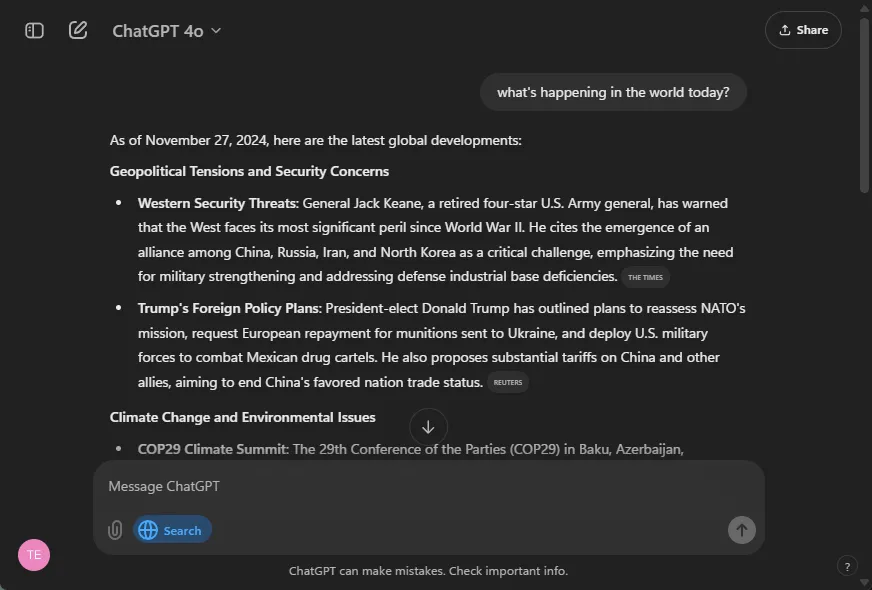
Thanks to its deductive reasoning and problem-solving skills, ChatGPT serves as an excellent coding assistant. Whether you’re a beginner eager to learn programming or an experienced developer seeking debugging help, ChatGPT is equipped to assist. Its Canvas function works perfectly for coding purposes as well as transforming rough drafts into polished documents.
Customization is possible with ChatGPT, thanks to Custom Instructions that allow you to tailor conversations according to your preferences. There’s also a Memory feature enabling ChatGPT to remember details about you over time, enhancing its ability to personalize interactions.
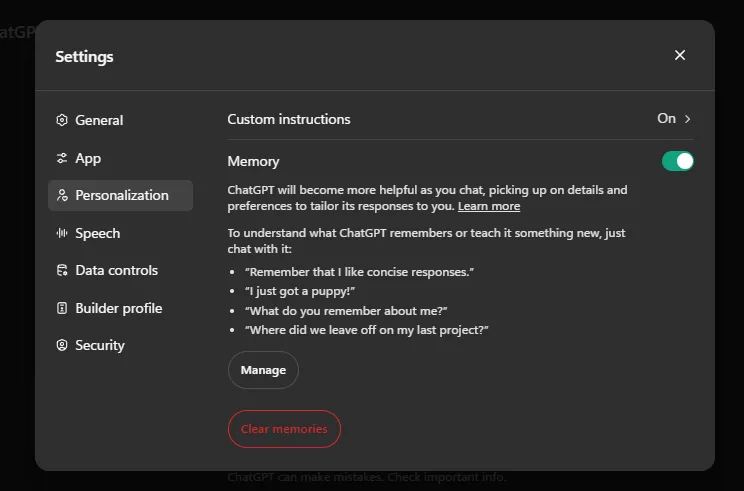
How Users Utilize ChatGPT
ChatGPT caters to a wide range of applications, making it an invaluable resource for numerous users worldwide. Here are some common ways that individuals employ ChatGPT in their daily lives:
- Programming support, debugging, and app development.
- Simplifying complex concepts; using it as a learning aid.
- Crafting essays, articles, resumes, posts for social media, etc.
- Summarizing lengthy articles, videos, documents, or presentations.
- Assisting with math problems and homework.
- Creating bespoke GPTs and training AI for complex tasks.
- Analyzing data for trends and patterns.
- Conducting thorough research.
- Generating AI images and analyzing visual content.
- Rewording existing content for different mediums.
- Utilizing it as a search engine via web browsing.
- Serving as a virtual voice assistant.
- Acting as a conversational companion.
Limitations and Concerns of ChatGPT
Despite its impressive functionality, ChatGPT is not without its flaws. Occasionally, it may provide incorrect information or generate content that is entirely fabricated. In AI terms, this phenomenon is termed “hallucination,” where the model produces responses or cites sources that are misleading or erroneous. This can occur if the model lacks sufficient data on a topic or relies on a dataset that is insufficiently comprehensive or flawed.
Although improvements have been evident, it’s essential to acknowledge that ChatGPT is not infallible. This means that, despite its capabilities, verification of critical information should always be conducted, using sound judgment when uncertainty arises.
ChatGPT’s interactions are also subject to restrictions. It will not respond to questions involving illegal activities, exploitation, scams, or discrimination. For more information, consult OpenAI’s Usage Policies. However, these protections may sometimes lead the chatbot to mistakenly categorize innocuous inquiries as harmful, resulting in unwarranted censorship. While progress has been made since its launch, further enhancements are still necessary.
Additionally, ethical issues remain prevalent. OpenAI has faced multiple lawsuits concerning the use of data sourced without the express consent of its owners. While this may not have a direct impact on end users, it poses significant concerns for those whose data has been utilized without permission.
Moreover, employing content generated by ChatGPT can often lead to accusations of plagiarism. Even though responses may differ in wording, this issue is contentious among legal experts, and it is advisable to modify any content produced by ChatGPT before claiming ownership.
Benefits of ChatGPT Subscription Plans
ChatGPT offers various subscription tiers, including Plus, Team, Enterprise, and Edu. Starting at $20 per month, these plans provide quicker response times and complete access to ChatGPT’s advanced features, even during peak usage hours, as well as extra tokens for image generation, longer chats, and API access to integrate its capabilities into other services.
Subscribers also benefit from gaining access to a range of GPT models and an early preview of new features. While many premium features may eventually be made available to free users, the availability of advanced tools like Canvas, Web Search, and Advanced Voice Mode still requires a paid subscription. If you plan to use ChatGPT extensively in your work or daily life, the investment in a subscription can be worthwhile.
Using ChatGPT for Free
For most purposes, the complimentary version of ChatGPT suffices admirably. No login is required to begin using ChatGPT, but registration is recommended for regular users.
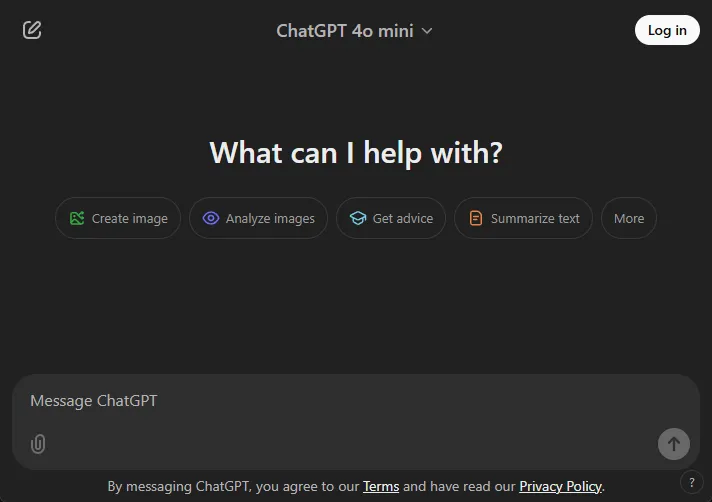
However, free users experience some limitations, such as the inability to access features like ChatGPT Canvas, ChatGPT Search, or the Advanced Voice Mode. Additionally, users may encounter a cap on the number of interactions with the default GPT-40 model before the service reverts to an earlier version. Nevertheless, the legacy GPT-4 model remains highly competent, having been the leading AI model just the previous year.
ChatGPT also features a ‘Temporary Chat’ mode, similar to a private browsing window, allowing users to engage in conversations without retaining history or memories. No records are kept in the Temporary Chat mode for users concerned about privacy.
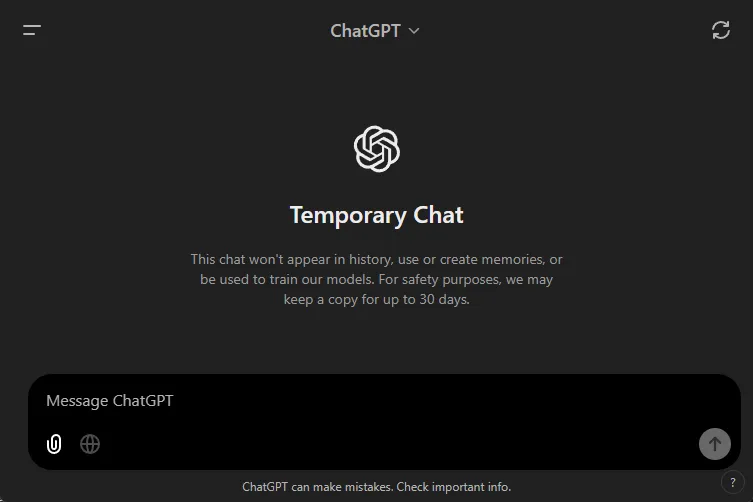
ChatGPT Applications for Mobile and Desktop
In addition to the ChatGPT website, users can access the platform via dedicated applications for iOS, Android, Windows, and Mac.

The applications include all functionalities of ChatGPT, such as the ability to upload files and images, browse the web, and utilize Advanced Voice Mode.
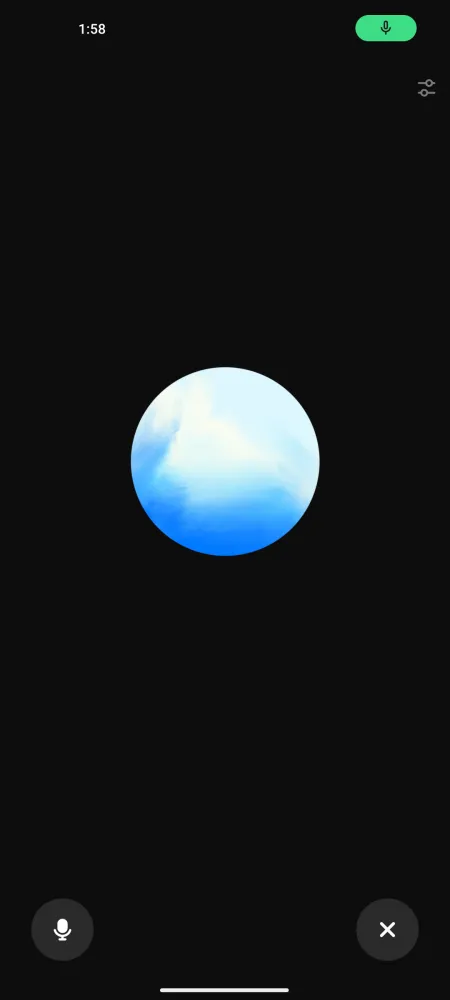

Thanks to a partnership with Apple, ChatGPT integrates seamlessly into Apple’s ecosystem, filling gaps where Apple’s own capabilities may fall short.
Moreover, ChatGPT has been incorporated more deeply into various Android interfaces like Nothing OS, facilitating quicker access and enabling users to send screenshots directly to the app for inquiries. Nothing’s earbuds even allow expedited access to ChatGPT’s voice mode, transforming it into a default digital assistant.
The desktop application of ChatGPT provides an even swifter way to engage, with all web functionalities included—Canvas is an exclusive feature to the desktop version. Recent updates indicate that the desktop app is being prepared for additional features designed to interface with Mac apps, with a similar initiative for Windows users also underway.
Whether or not you maintain a ChatGPT subscription, the platform offers sufficient capabilities for capitalizing on the advantages of generative AI technology across numerous devices.
Note: Ensure to download the official ChatGPT app from OpenAI. There exist numerous counterfeit ChatGPT applications across various app stores. Caution is advised to avoid downloading any third-party applications that do not originate from OpenAI.
Future Features of ChatGPT
OpenAI has no plans to slow down. Continuous enhancements to ChatGPT’s functionalities are underway, and new features are regularly being developed. Reports indicate that after launching its search capability to compete against traditional search engines like Google and Bing, OpenAI is also planning to introduce its own web browser (though this may take time).
Moreover, there is interest surrounding Sora, a generative AI model for text-to-video, which has been under development for some duration. The anticipated GPT-5, expected to be the most advanced AI model to date, is also in progress, anticipated to feature a significantly larger context window and improved handling of extended conversations and document analyses.
Some features of Advanced Voice Mode showcased in its introduction have yet to be implemented. These include capabilities like humming, singing, various accents, and the ability to interact with live video feeds from your device’s camera.
Final Thoughts
ChatGPT is an exceptionally potent instrument, posing challenges to jobs and entire sectors, while simultaneously offering substantial potential for positive applications. From acquiring new knowledge to crafting innovative tools and assisting with diverse tasks in daily life, ChatGPT represents a transformative technology. As advancements continue, it is essential to understand the capabilities of AI to enhance our lives while safeguarding against potential drawbacks, for AI tools like ChatGPT will undeniably play a prominent role in the future.
These technologies could benefit from enhanced organization and clarity, as well as improved efficiency. Writers, artists, and creators are encouraged to embrace their skills and produce quality work during this AI-centric era. AI relies on human-generated data; should it become entirely self-sufficient, not only could it lead to its own downfall, but it might also dilute the cultural contexts that facilitate such technologies. The future presents intriguing possibilities if we navigate its complexities responsibly. Take care!
Leave a Reply